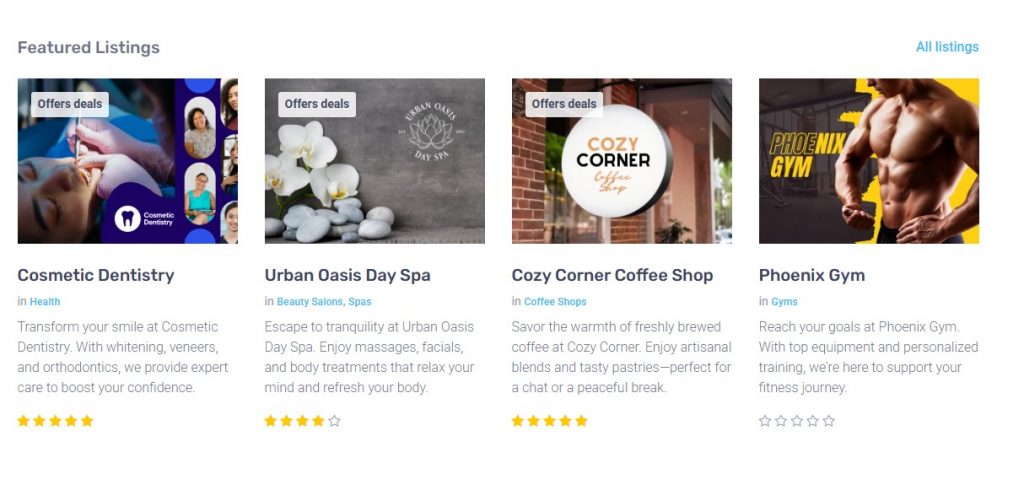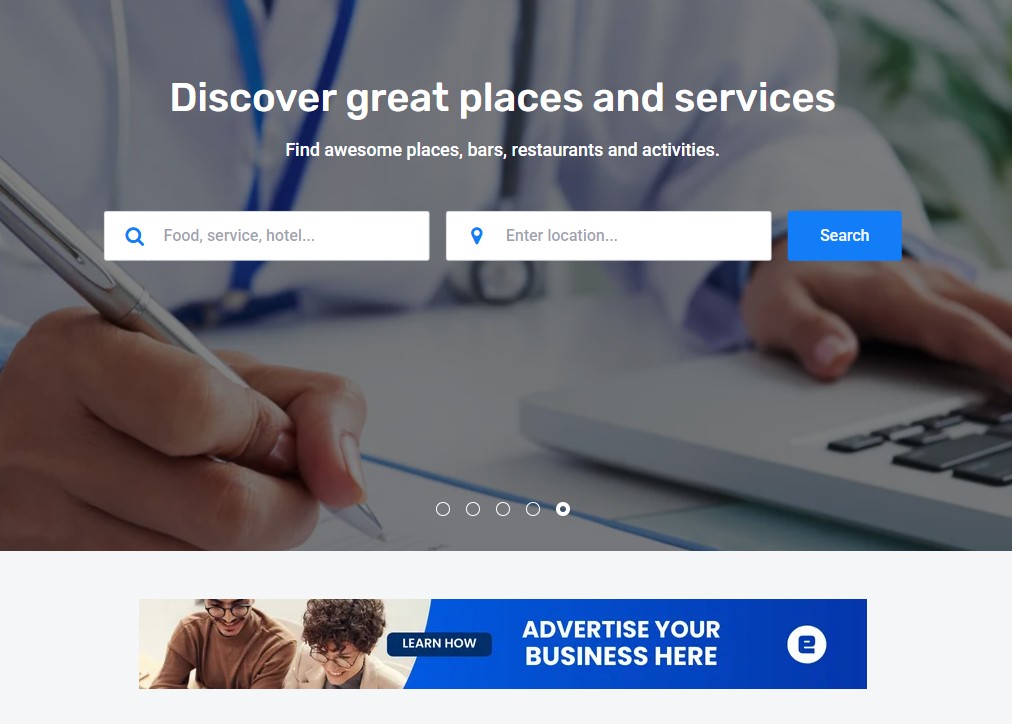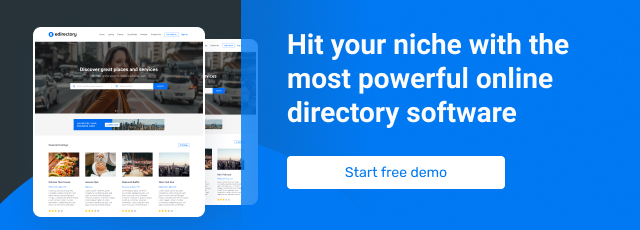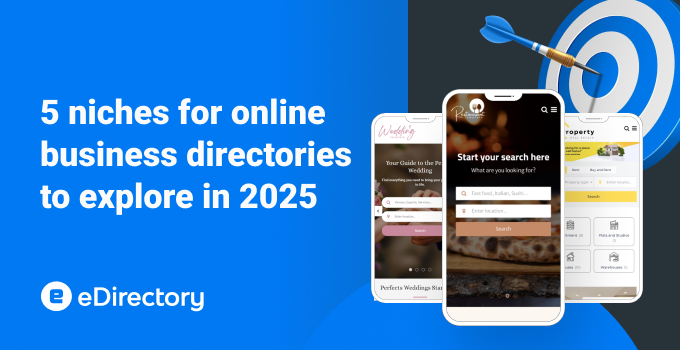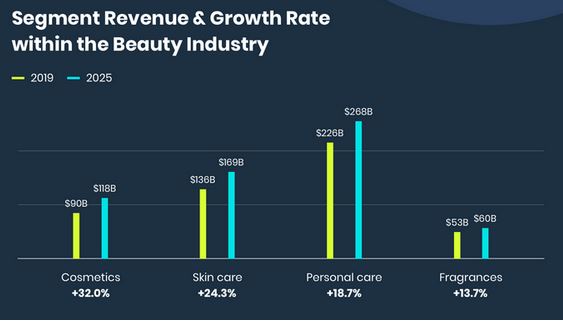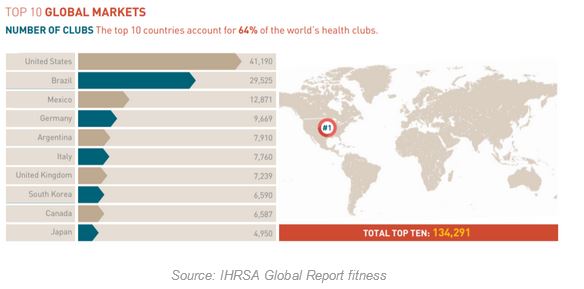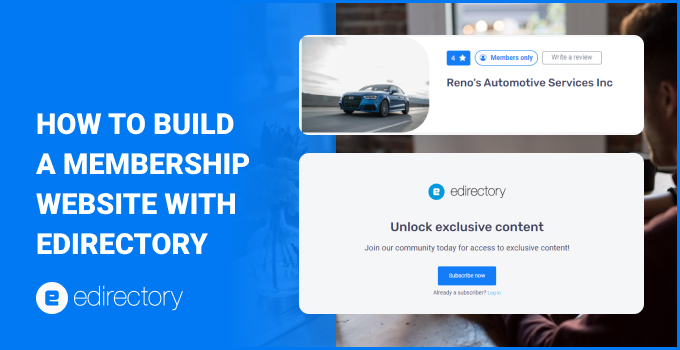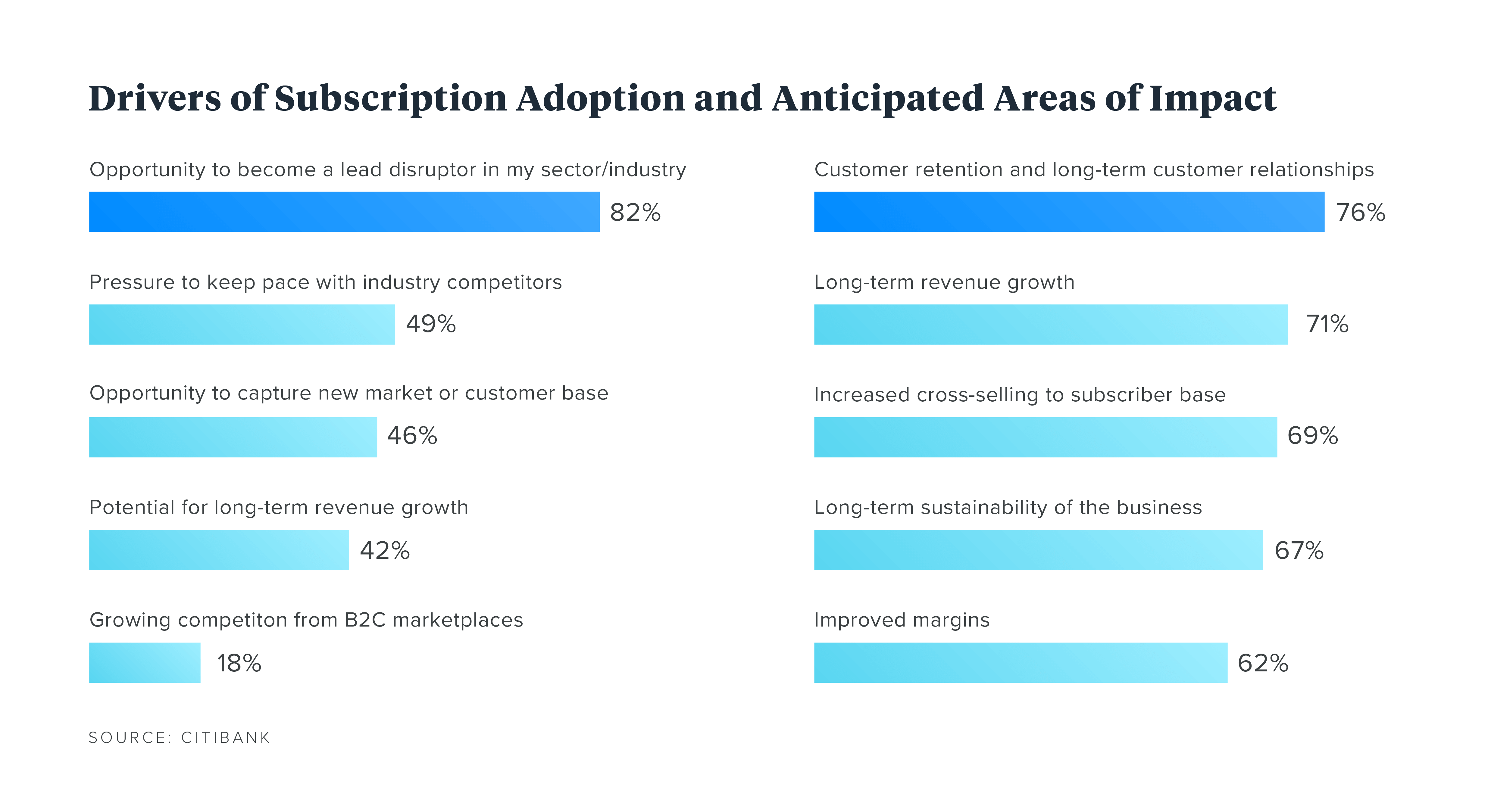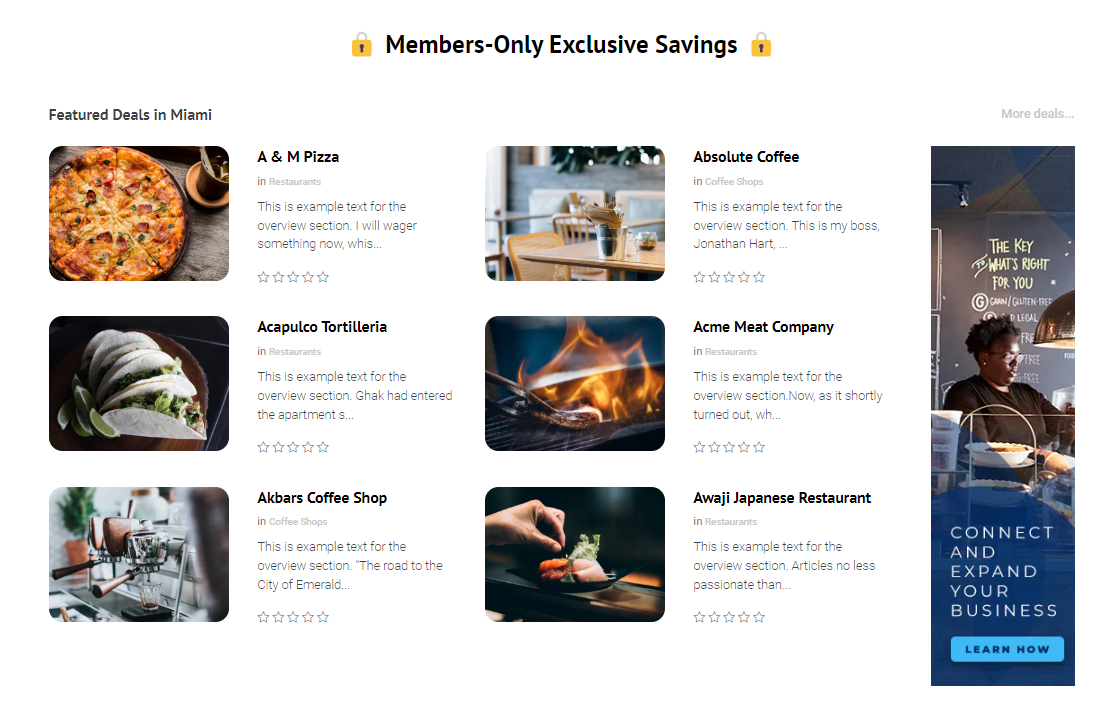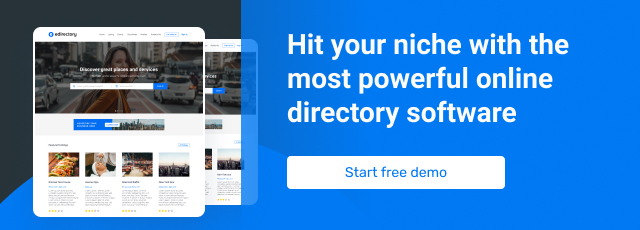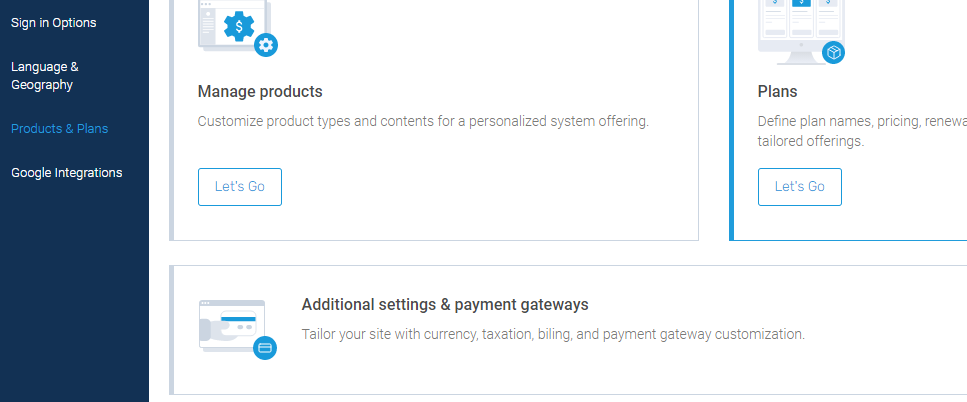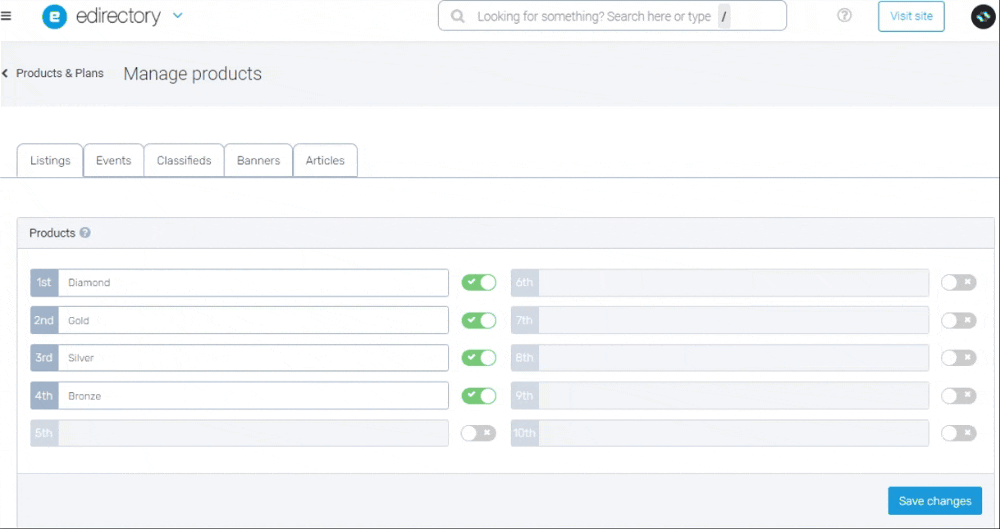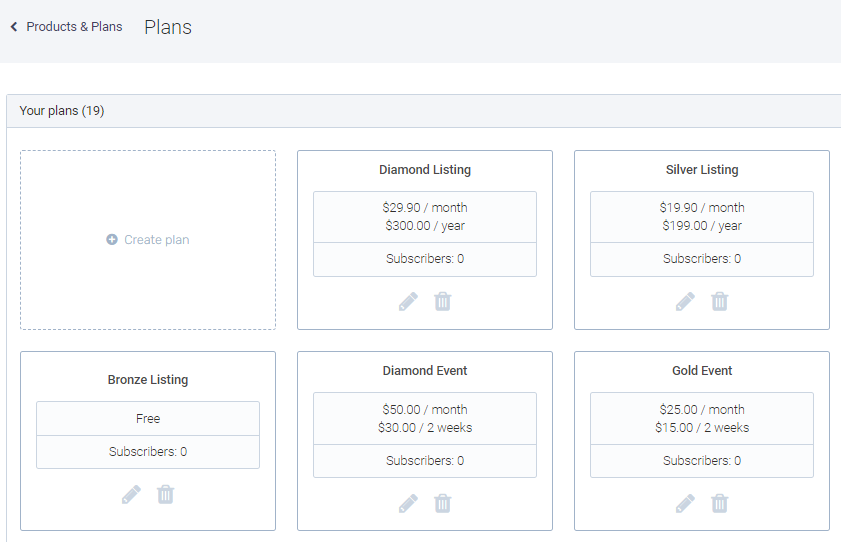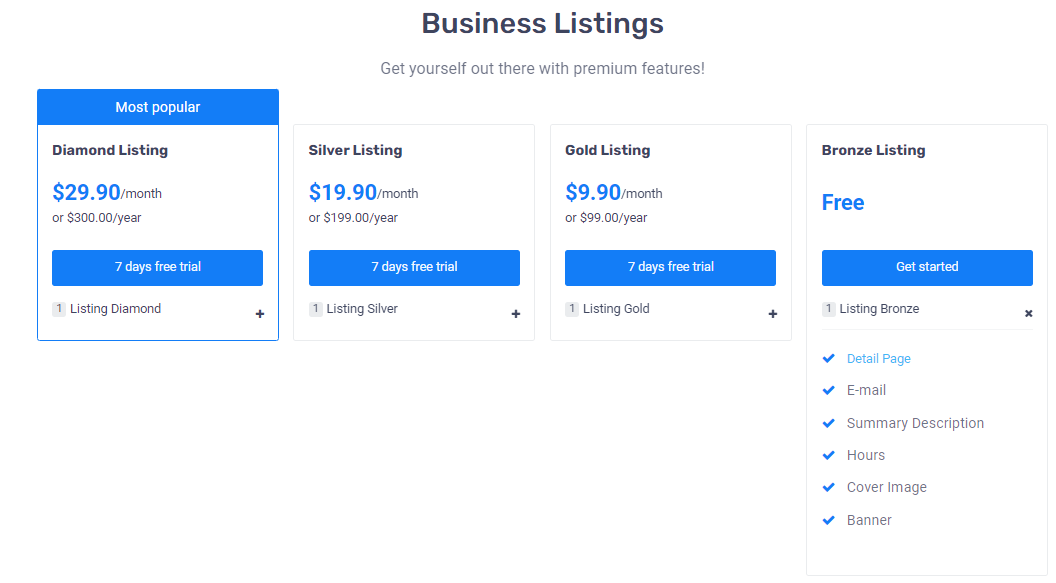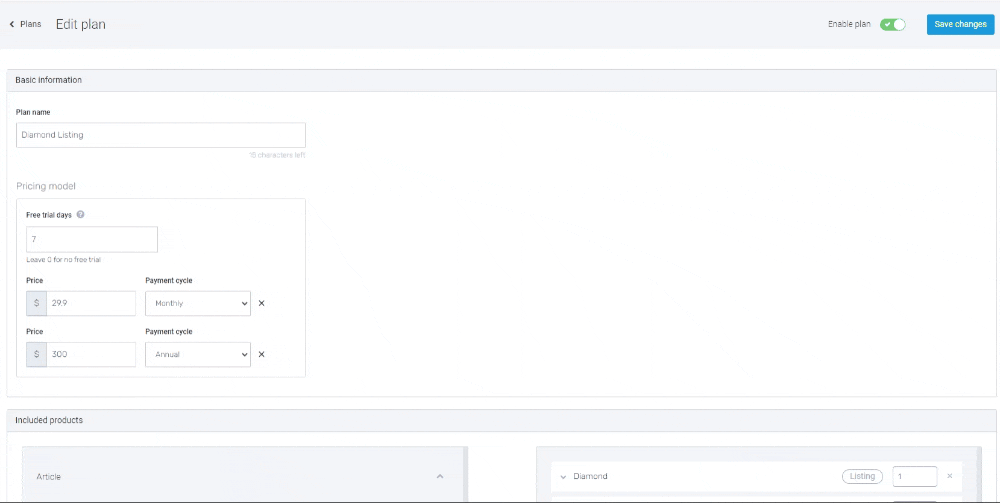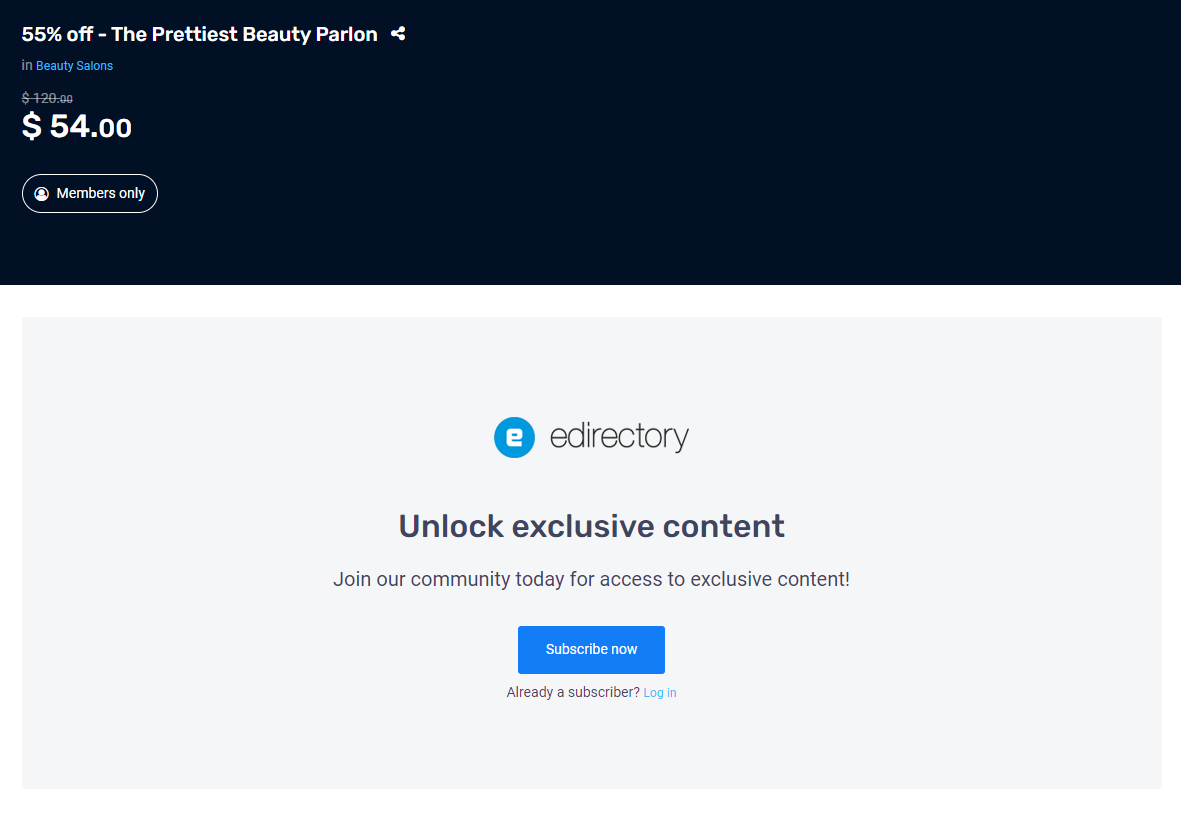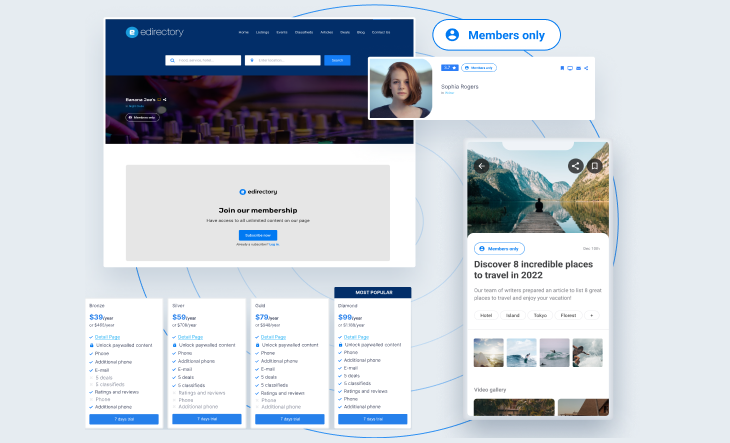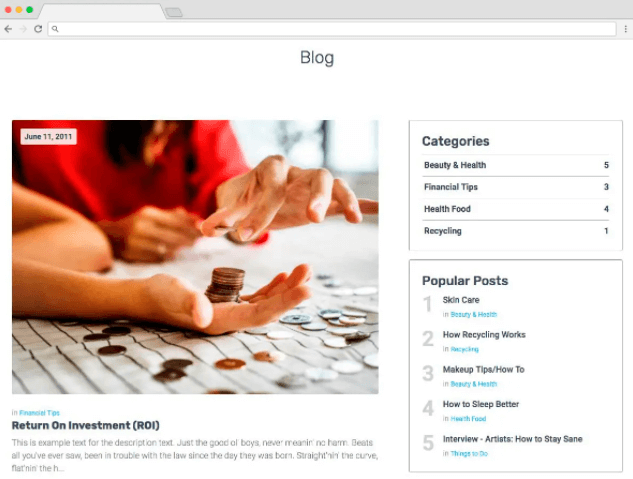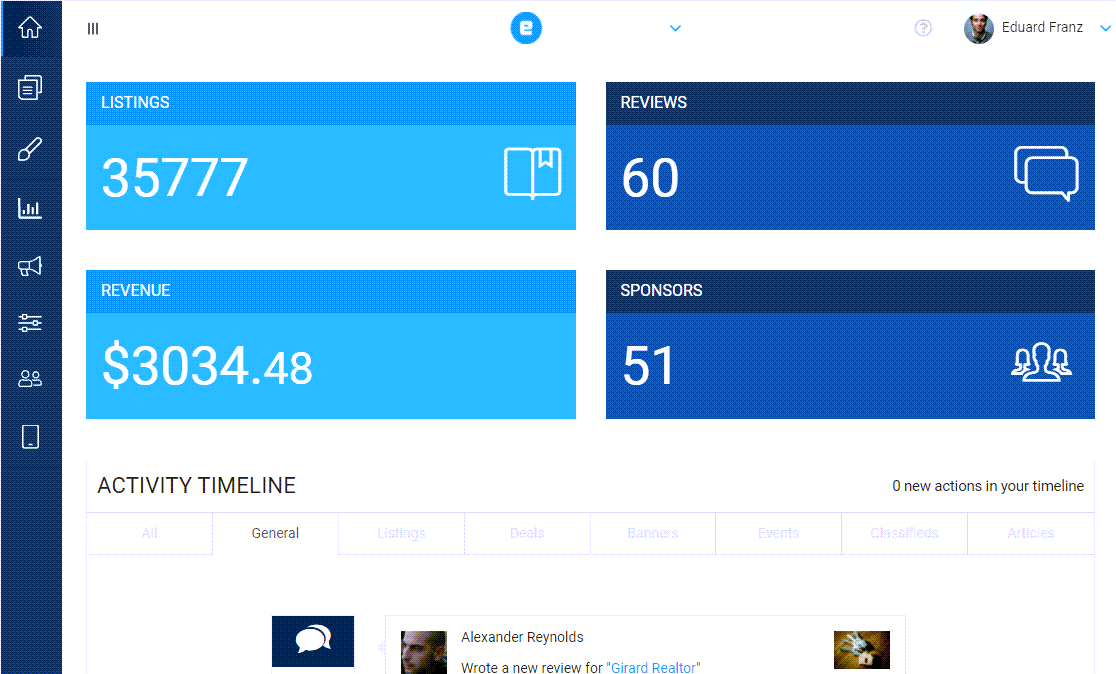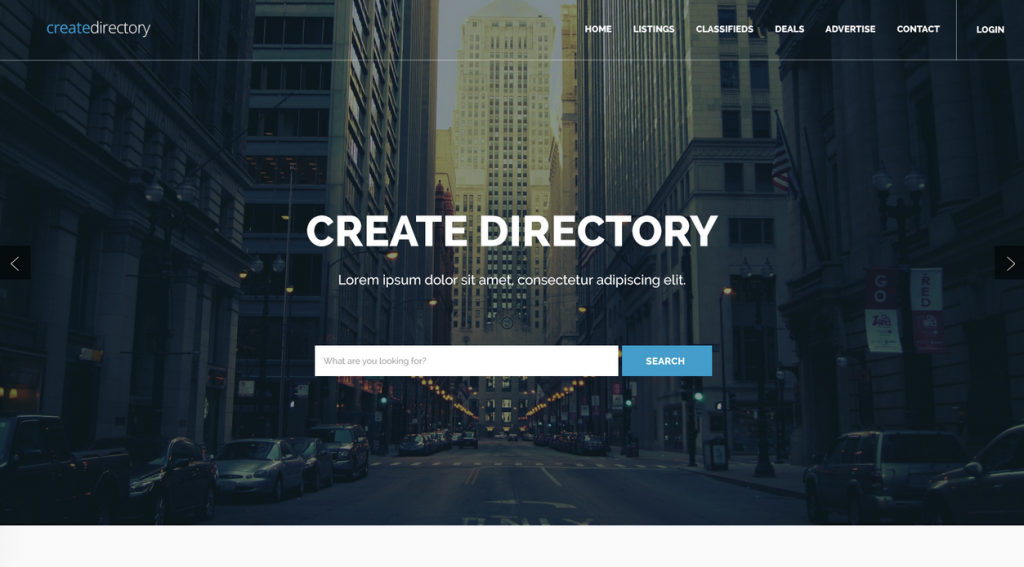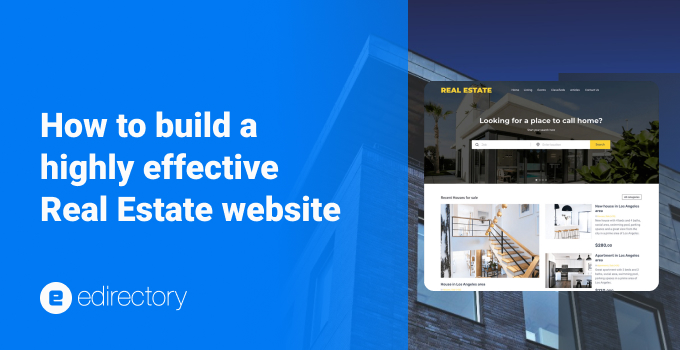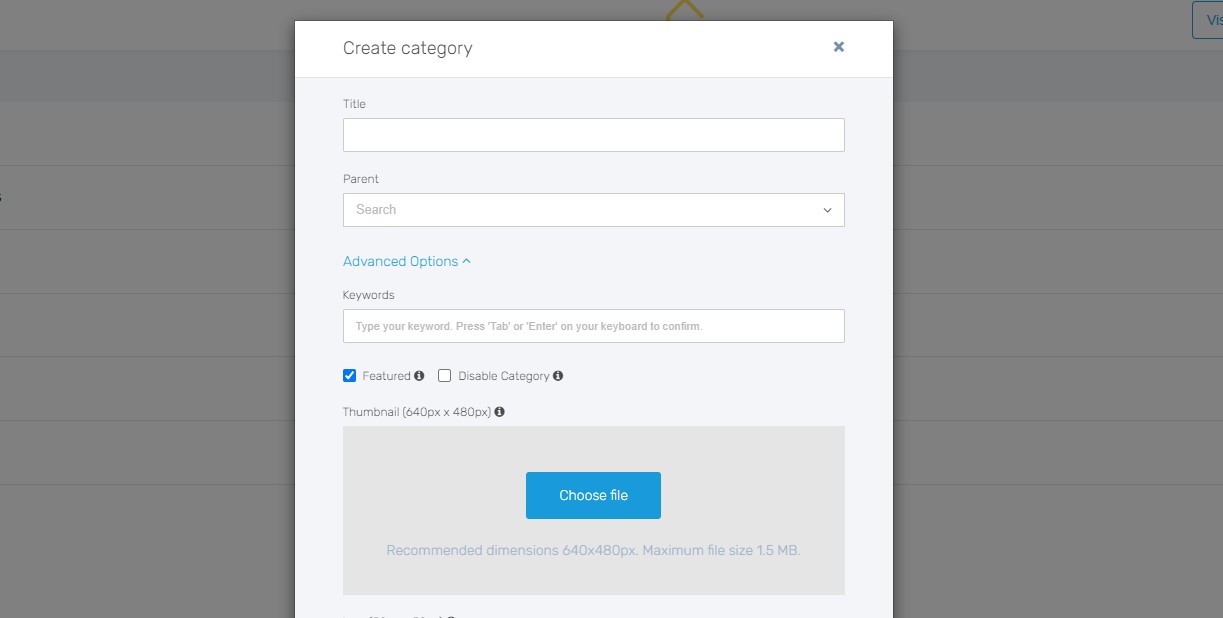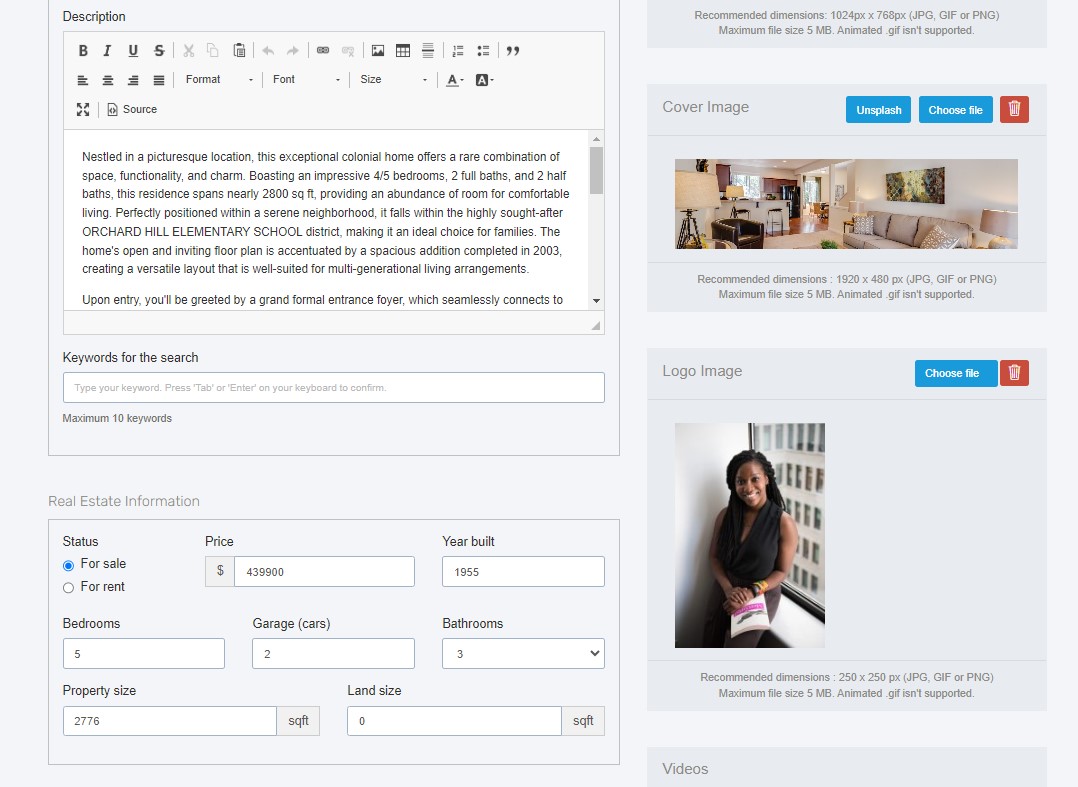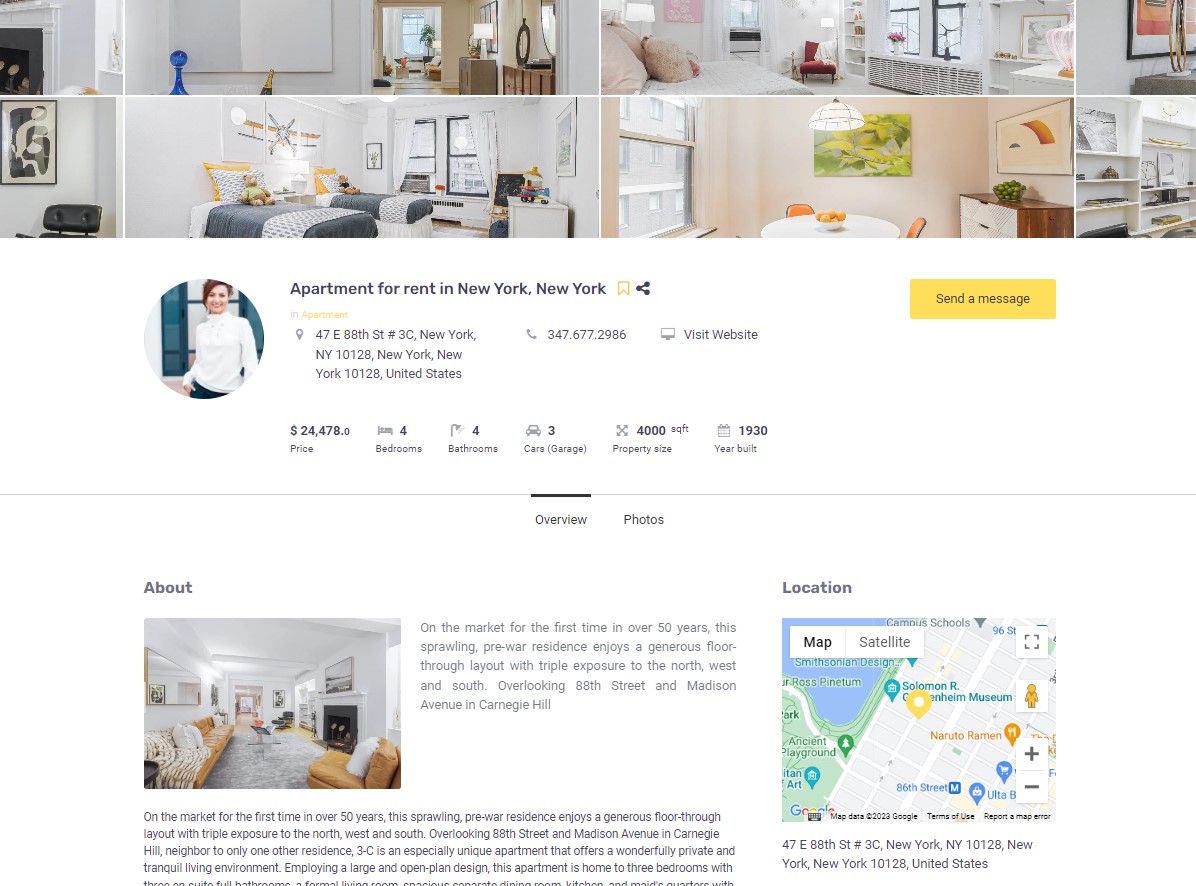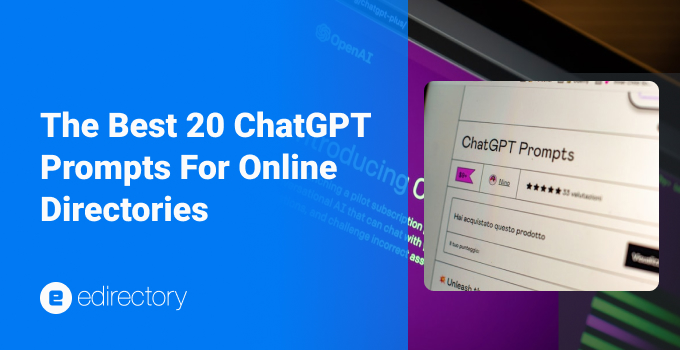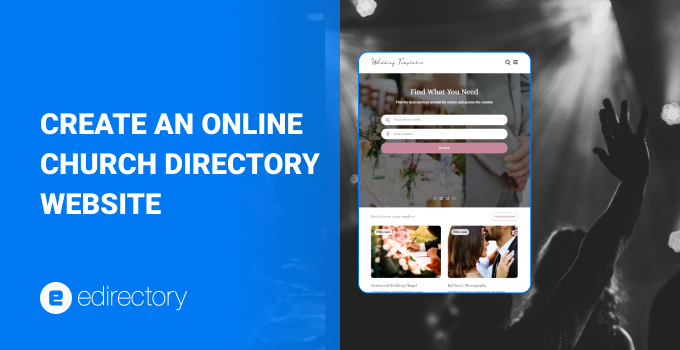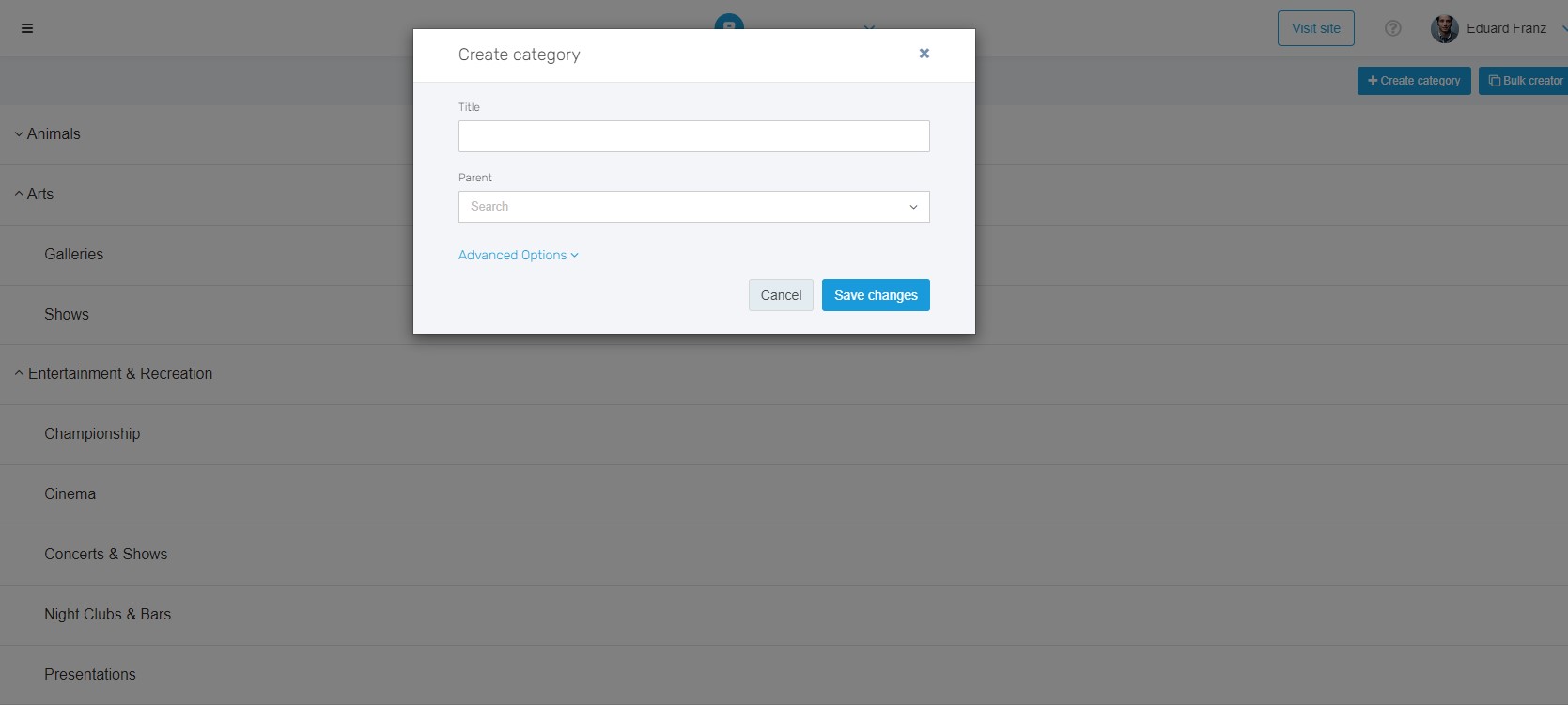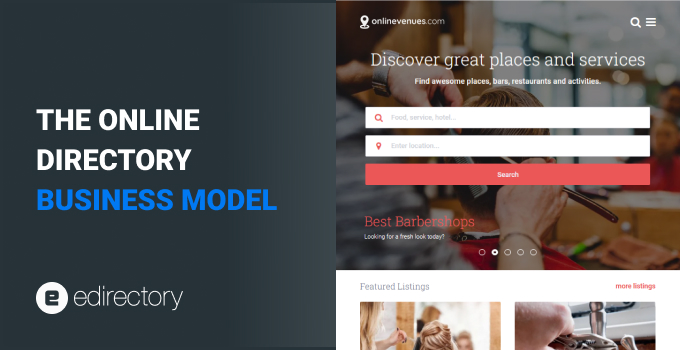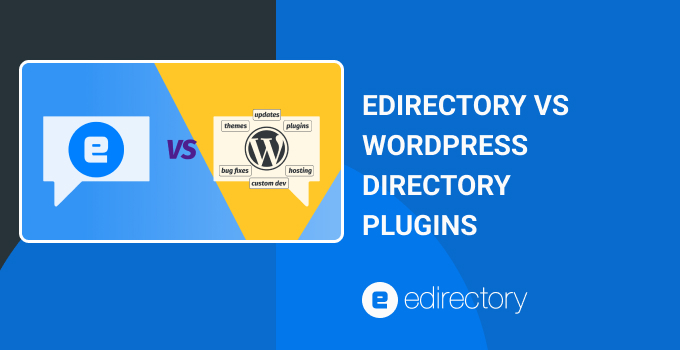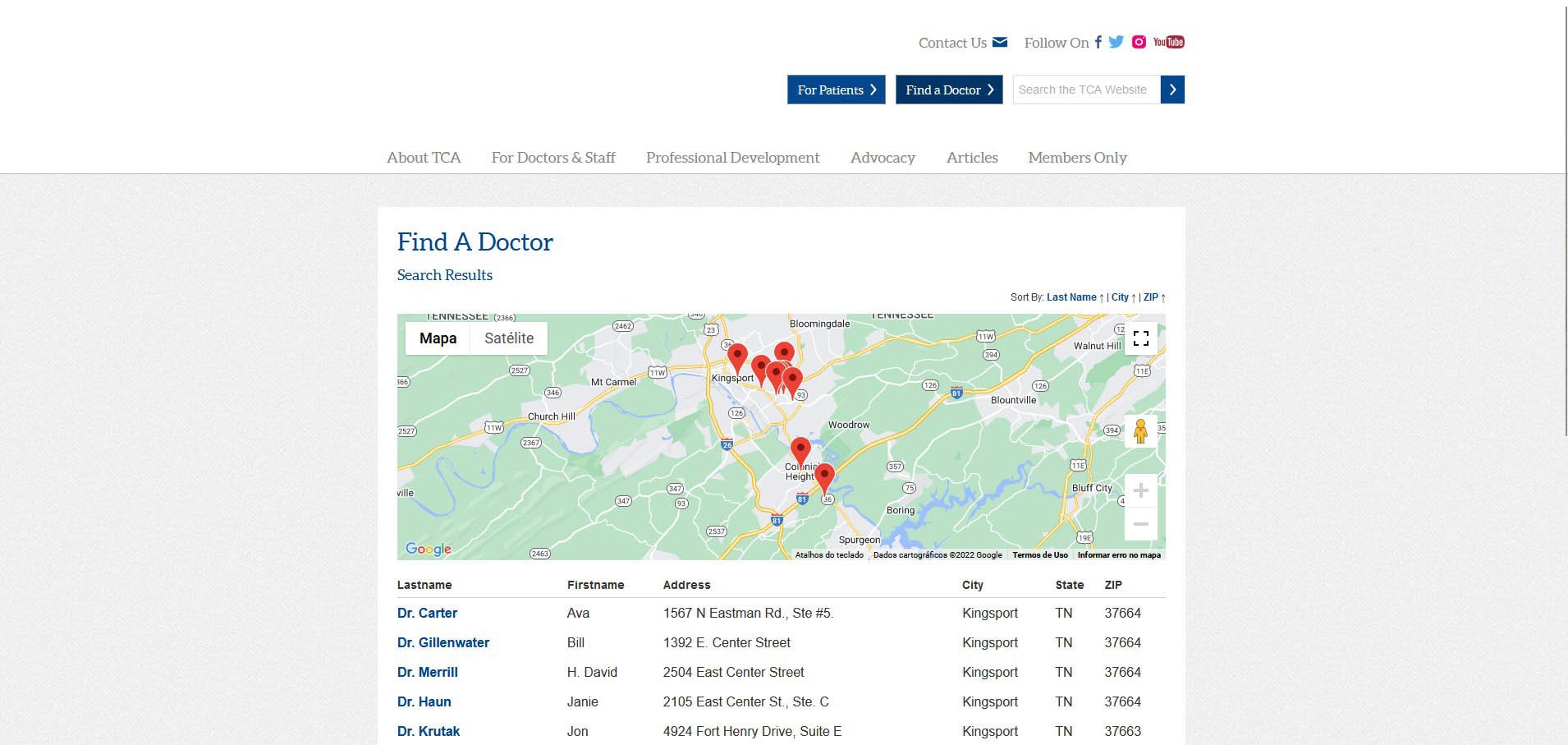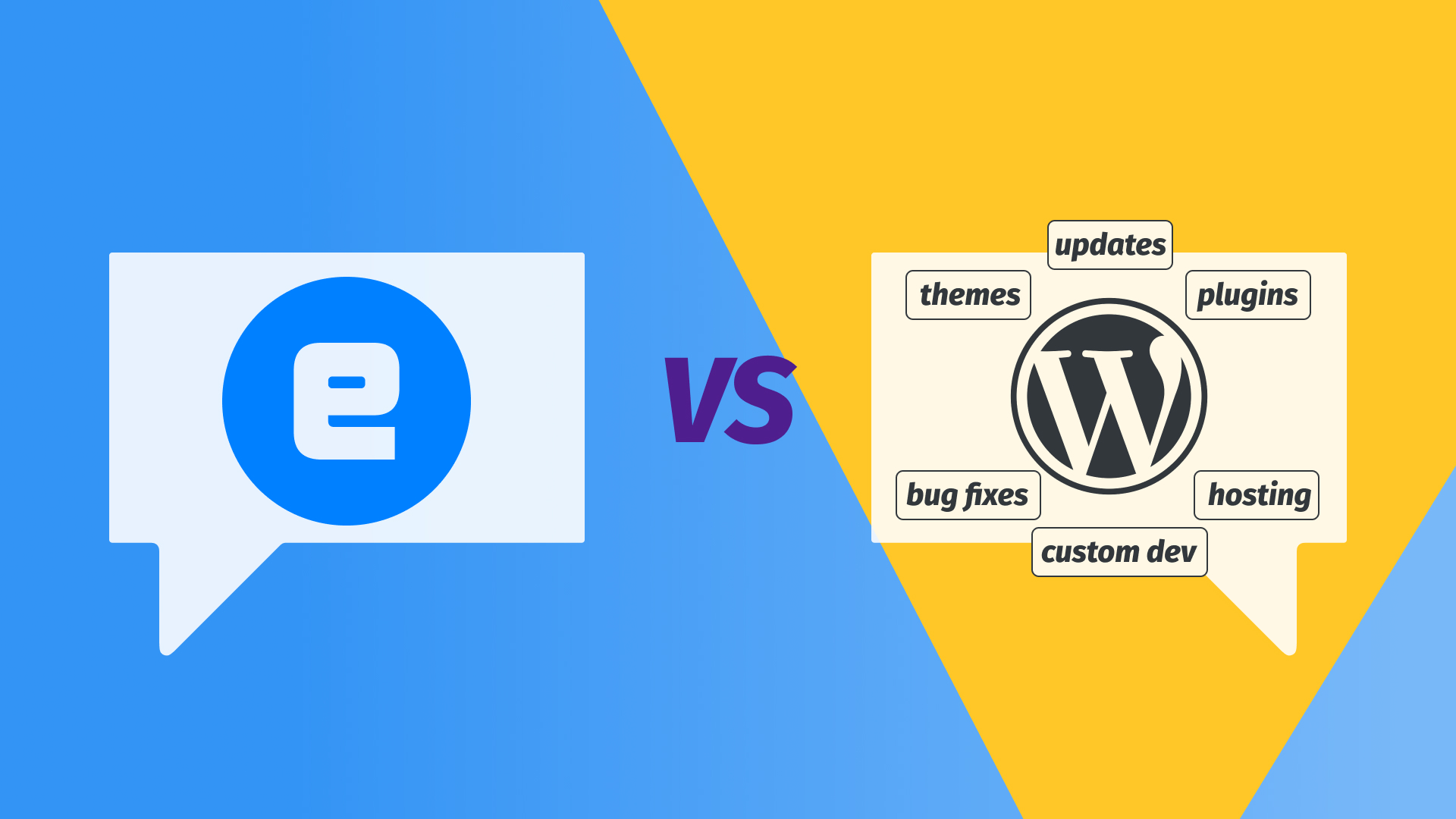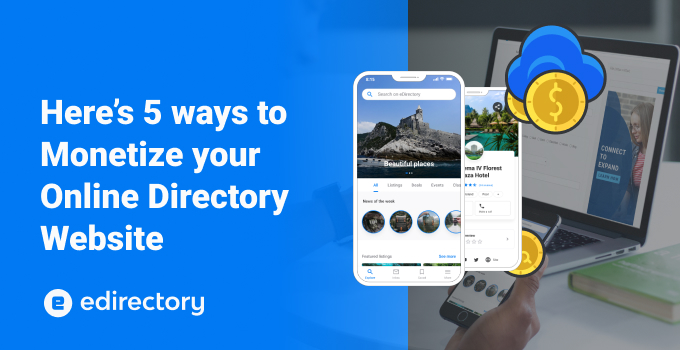
This article was updated in May 2025
Creating an online directory presents extraordinary opportunities to build sustainable, recurring revenue streams. In 2025, successful directory owners can generate five-figure annual revenues by leveraging proven monetization strategies backed by data-driven insights.
This comprehensive guide reveals five ways to monetize your online directory, with real-world revenue data, psychological triggers that drive conversions used by industry leaders like Yelp (generating $1.3 billion annually), Crunchbase, OpenTable, and others.
1. Premium Listings Sponsors
Premium listings are a key component of monetization strategies for many directory-based websites, remaining a reliable method for generating revenue in 2025. Industry leaders showcase the effectiveness of this model: for instance, Yelp’s advertising services, which primarily focus on premium listings, generate over $337 million in revenue. Additionally, an average of 2.5 million people visit Yelp each day in search of businesses.
In eDirectory, site managers have the option to implement tiered plans. They can offer various levels, such as free tiers, basic packages, and premium packages, each of which may provide access to rich content and special fields for creating listings. Additionally, they can sell premium placement options on the directory’s homepage, category pages, and other locations, allowing sponsors to pay extra for enhanced visibility. This strategy can help businesses increase their exposure and drive more traffic.
Why premium listings work
Premium listings work because they tap into three core psychological triggers:
- Visibility Bias: Users view featured listings as more credible, indicating the business is active and has updated information. Additionally, these listings are positioned at the top of the page, which is a prestigious spot for visibility.
- Social Proof: Enhanced listings featuring reviews, photos, and detailed information foster user trust. Reviews significantly influence customers’ decisions during their journey.
- Convenience Factor: Having a presence on the home page significantly increases the chances of your business being the first one a user sees in your category. Other listings are several clicks away within the category page, while the premium listing is immediately visible.
Creating value-driven revenue plans
eDirectory’s new Package Builder in version 13.5 revolutionizes how directory owners create and manage monetization strategies by allowing unlimited customization of products and plans. The system enables owners to bundle listings, classifieds, and events into comprehensive packages while offering seven different billing cycles (weekly, bi-weekly, monthly, quarterly, semi-annual, yearly, and one-time payments) to accommodate diverse member preferences.
The Package Builder’s flexibility allows directory owners to create sophisticated bundled offerings that increase average sale values while simplifying the customer decision-making process. For example, a local business directory could offer a “Growth Package” combining 1 listing (with limited content), 1 event posting, and 5 classified ads with quarterly billing, or a “Startup Bundle” featuring 1 basic listing, 1 event, and access to gated business resources with monthly payments. Professional directories might create an “Enterprise Plan” bundling 1 or more premium listings loaded with every feature, featured placement on the home page, exclusive perks, and premium content areas, while offering flexible payment terms to match corporate budgeting cycles.
2. Strategic Banner Advertising
Banner advertising has evolved far beyond simple display ads. In 2025, successful directories are creating integrated sponsorship experiences that deliver measurable ROI for advertisers while maintaining user experience quality.
Banner ad space on a popular website can be sold as prime real estate at a premium rate. eDirectory’s full-featured banner system allows site managers to easily offer self-service banner ad sales as well as fully managed accounts. Display banners on a home page are of high value for select categories, modules (events, articles…), or locations.
Enhance your banner advertising functionality with the Geo-Targeted Banner Ad modification tool from the Mod Store and which will add even more value and put location-specific advertisements in front of your site visitors.
Research from Nielsen Norman Group reveals that maintaining ad density below 30% prevents the 50% bounce rate increase typically seen with over-aggressive advertising. This creates a crucial balance point for revenue optimization.
High-Converting Banner Placement Strategy
Homepage Premium Positions:
- Above-the-fold header banner: Premium rates
- Sidebar premium rectangle: Standard rates
- Footer banner strip: Basic rates
Category-Specific Targeting:
- Industry vertical sponsorships: Premium pricing
- Geo-targeted local business ads: Mid-tier pricing
- Seasonal campaign placements: Variable pricing
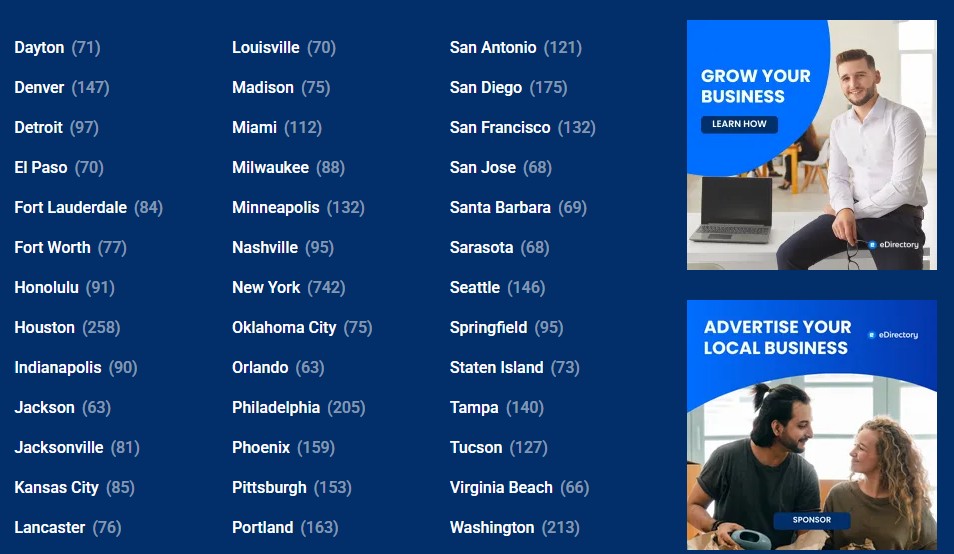
3. Lead Generation & Sales Qualified Leads
Lead generation represents the highest-margin monetization opportunity for established directories. By capturing user intent and connecting it with service providers, directories can command premium pricing for qualified prospects.
Professional service directories (legal, medical, home improvement) achieve strong revenue per lead due to high customer lifetime values in these sectors. Real estate directories often command premium rates for qualified buyer leads.
Lead Quality Scoring System
Premium Leads
- Contact information provided
- Specific service request details
- Preferred timeline indicated
- Budget range specified
Standard Leads
- Contact information provided
- General service interest
- Some timing indication
Basic Leads
- Contact information only
- General inquiry
4. Monetize your Online Directory with Google AdSense
To effectively monetize your online directory, you need to leverage Google AdSense. This powerful platform uses advanced search technology to deliver ads that align perfectly with your website’s keywords and content. By implementing Google AdSense, you can significantly increase your revenue, as it guarantees that the ads displayed will be highly relevant to your visitors. Furthermore, Google prioritizes showing the highest-paying ads, ensuring you optimize your earnings potential. Don’t miss out on this opportunity to enhance your bottom line!
Google makes the process quite simple – once you sign up for a free Google Adsense account, you will complete the forms and be supplied with some HTML code to add to your websites.
Advanced Implementation Tips
- Page Speed Optimization: Ensure ads don’t impact Core Web Vitals scores
- Ad Placement Testing: Use AdSense experiments to optimize positioning
- Content Quality Focus: Higher-quality content attracts premium advertisers
- User Experience Balance: Maintain user engagement to reduce bounce rates
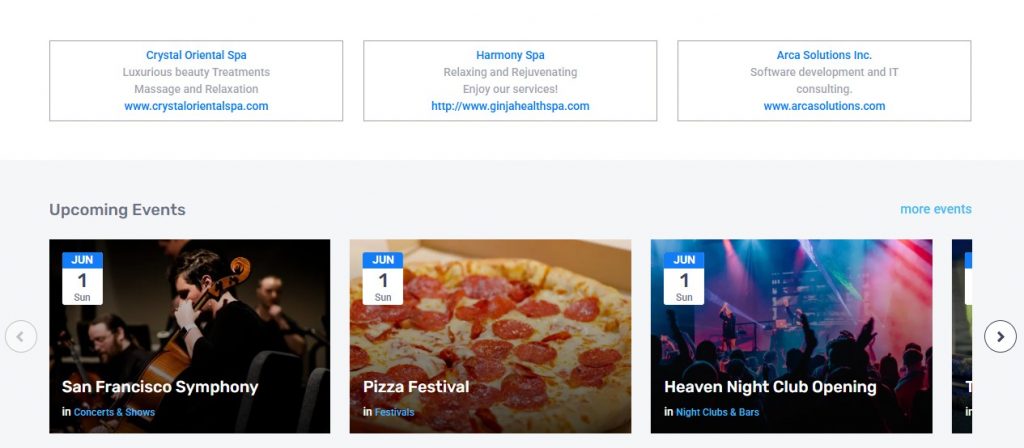
5. Combining Affiliate Marketing & Social Media for Maximum Impact
Marketing with affiliate offers is a very effective way to monetize your online directory traffic. It allows you to present your visitors with relevant offers for products or services that they are likely to be interested in. For instance, if you have a niche directory website about skiing, find an affiliate offer that would be of interest to your visitors, such as air travel (think Expedia…), hotels and lodging, skis and snowboards, or skiwear.
While affiliate marketing (commission-based revenue) and social media monetization provide substantial opportunities individually, combining them creates compounding revenue effects.
Multi-Channel Implementation:
- Use social media to promote affiliate products authentically
- Create valuable content that naturally incorporates affiliate recommendations
- Leverage your social following to drive directory traffic and premium upgrades
- Develop sponsored content that provides genuine value while generating revenue
Here’s how it works: You would place a provided banner or text link on your website that includes your affiliate link, directing visitors to the offer. If they sign up for the offer, you will earn a referral payment or commission.
Success Blueprint to Monetize Affiliates with Social Media
- Content First: Create valuable, educational content on social platforms. Your content should be a mixture of informative and entertaining.
- Natural Integration: Incorporate affiliate recommendations within helpful posts, like tips, recommendations, user user-generated content (like reviews).
- Community Building: Utilize social media to enhance engagement with your directory. Your social profiles should focus on building a community around your niche. Consider this a space for testing how to connect with your audience. We recommend using TikTok and Instagram because they offer various tools for creating content, such as stories, question boxes, and the ability to share posts. Both platforms support short and long video formats, making them ideal for showcasing your products or services.
- Performance Tracking: Use eDirectory analytics tools to track lead conversions. Additionally, you can leverage other analytics to measure affiliate conversions and social media engagement metrics. As a site owner, these metrics are crucial for providing your sponsors with proof of the value of your efforts, helping to ensure they continue renewing their subscriptions.
Extra tip: Offer Sponsored Content and Guest Posting Opportunities
Providing businesses with the option to publish sponsored articles or guest posts on your directory’s blog can be a lucrative revenue stream. This approach not only generates income but also enriches your website with diverse content, enhancing its value to visitors.
Use the Articles module on eDirectory as an opportunity for your sponsor to showcase blog posts that are relevant to your niche while also generating revenue through subscriptions.
Benefits:
-
Increased Visibility for Businesses: Companies gain exposure to your audience, promoting their products or services in a more engaging and informative manner.
-
Enhanced SEO for Your Site: Regularly updated content with relevant keywords can improve your site’s search engine rankings, attracting more organic traffic.
-
Establishing Authority: High-quality guest posts can position your directory as an authoritative source in your niche, fostering trust among users.
Implementation Tips:
-
Set Clear Guidelines: Define the criteria for sponsored content, including topics, word count, and quality standards, to maintain consistency and relevance.
-
Offer Tiered Pricing: Provide different packages based on content length, placement, and promotional efforts, catering to various business needs and budgets.
-
Promote Through Multiple Channels: Share sponsored articles across your social media platforms and newsletters to maximize reach and engagement.
Conclusion
Monetizing your online directory in 2025 is no longer limited to just paid listings or basic ads. With evolving digital tools and shifting user expectations, directory owners now have a wealth of opportunities to turn their platforms into powerful revenue-generating assets. From offering tiered paid listings and targeted banner ads to generating leads, leveraging Google AdSense, integrating affiliate marketing, and now adding sponsored content, each strategy brings a unique advantage and income potential.
The key to success lies in understanding your audience, providing real value to your listed businesses, and constantly optimizing your monetization mix. Whether you’re just launching your directory or looking to boost existing revenue streams, these strategies can help you build a sustainable, profitable business that grows year after year.
Ready to take action? Start by implementing one or two of these methods and scale as you learn what works best for your niche and community. If you are looking to build an online directory, take a guided demo of eDirectory and launch your online business today.


